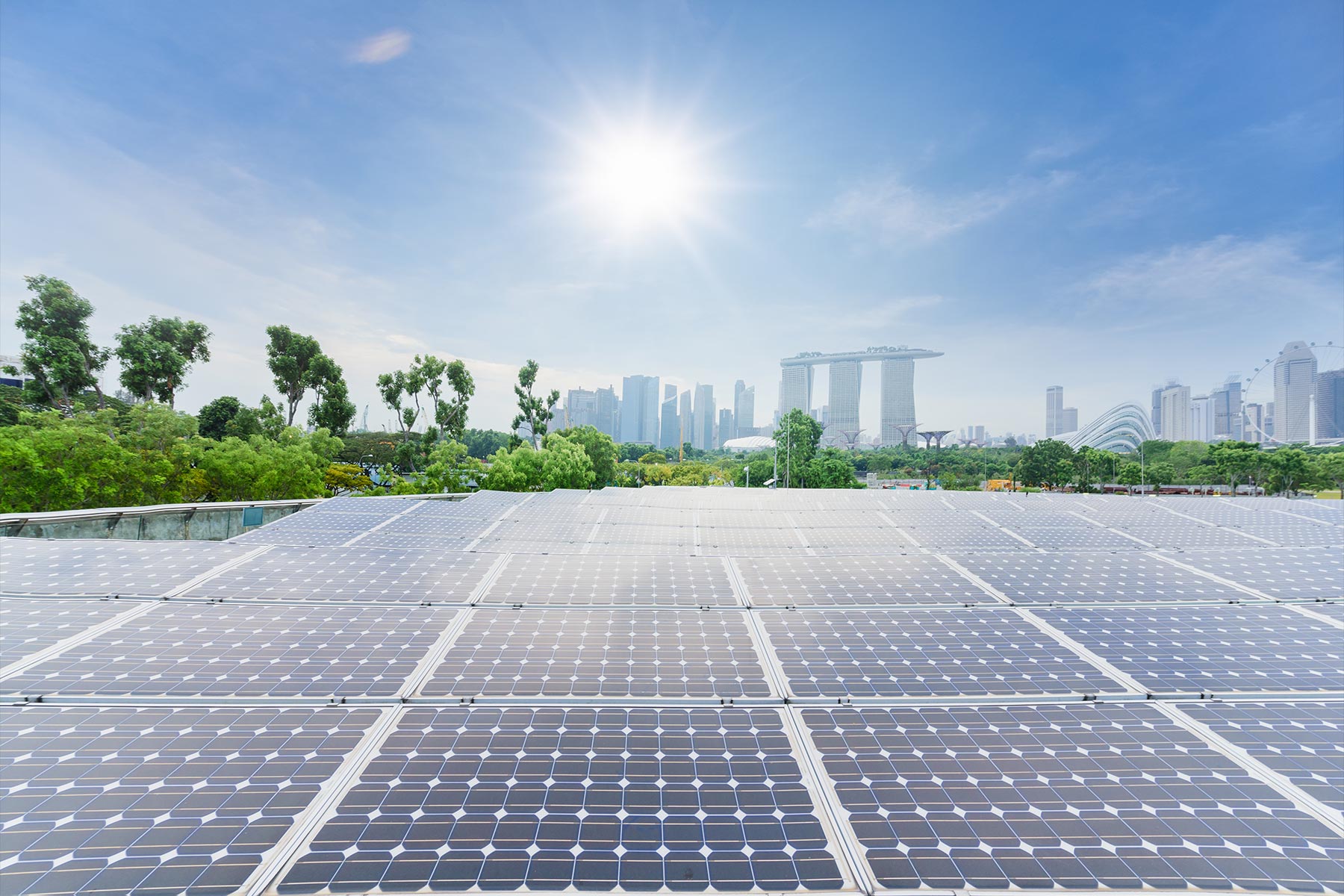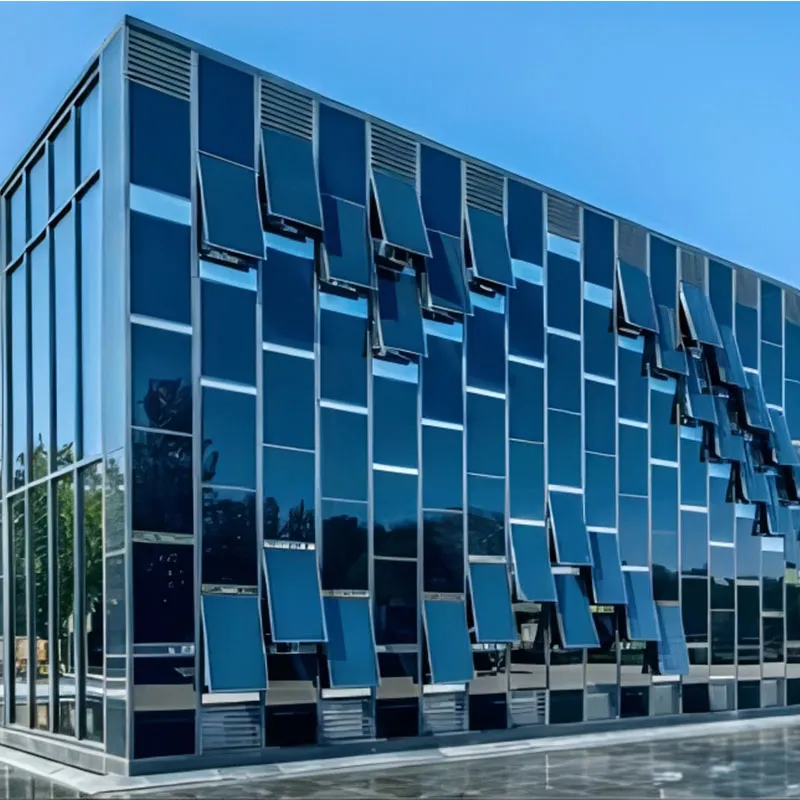Decentralized Solar Grids: The Future of Energy Access
Jun 25, 2025
14 mins read
In the 21st century, energy is as fundamental to human development as water, food, or shelter. Yet, millions across the globe still lack reliable electricity. While traditional centralized grids have historically powered nations, they struggle to reach remote or underserved communities. Enter decentralized solar grids — a transformative solut
Business
Decentralized Solar Grids: The Future of Energy Access
In the 21st century, energy is as fundamental to human development as water, food, or shelter. Yet, millions across the globe still lack reliable electricity. While traditional centralized grids have historically powered nations, they struggle to reach remote or underserved communities. Enter decentralized solar grids — a transformative solution that is redefining energy access and empowering people from the ground up.
What Are Decentralized Solar Grids?
Decentralized solar grids, often referred to as microgrids or mini-grids, are localized power systems that generate, store, and distribute electricity independently of national grids. These systems typically harness solar energy through photovoltaic (PV) panels and store it in batteries, allowing communities to access power even during nighttime or cloudy conditions. Unlike centralized grids, which transmit power over vast distances (often with significant losses and infrastructure costs), decentralized systems deliver energy locally — efficiently, sustainably, and affordably.
Why the Shift Toward Decentralization?
- Energy Equity & Access
Over 700 million people globally, primarily in Sub-Saharan Africa and parts of Asia, lack access to electricity. Expanding central grids to these areas is logistically complex and cost-prohibitive. Decentralized solar grids provide a scalable and faster alternative. - Resilience in a Changing Climate
Centralized grids are vulnerable to extreme weather, natural disasters, and system failures. Decentralized systems, with localized storage and distribution, offer greater resilience and can continue operating independently during broader grid failures. - Cost Efficiency
The price of solar panels and battery storage has plummeted in the last decade. Today, decentralized systems can be deployed at a fraction of the cost of extending transmission lines, especially in rural or isolated areas. - Sustainability and Decarbonization
Solar-powered grids emit zero carbon during operation, making them a crucial part of the global transition to clean energy. Decentralized solar grids reduce reliance on fossil fuels and mitigate the carbon footprint of developing regions.
Real-World Impact
From India’s rural villages to East Africa’s off-grid communities, decentralized solar grids are already transforming lives:
- In Tanzania, mini-grid providers are electrifying entire villages, enabling small businesses, improving education, and enhancing healthcare through reliable energy.
- In India, the state of Bihar has pioneered solar microgrids that power homes, schools, and agricultural pumps — lifting communities out of energy poverty.
Technology Behind the Transition
Modern decentralized grids combine:
- Solar PV systems for clean generation
- Lithium-ion or advanced lead-acid batteries for storage
- Smart meters and IoT sensors for real-time energy monitoring and billing
- Mobile payment integration, enabling users to pay via mobile wallets or apps
These technologies make decentralized grids user-friendly, transparent, and scalable.
Challenges and the Road Ahead
Despite the promise, decentralized solar systems face several hurdles:
- Financing: Initial capital requirements can be high, deterring private investment without government or NGO support.
- Policy & Regulation: Many countries lack clear regulations for decentralized energy operators.
- Technical Training: There’s a need to build local capacity to install and maintain these systems sustainably.
However, as public awareness grows, international climate finance increases, and innovations in energy storage and AI-driven management systems advance, these barriers are steadily falling.

